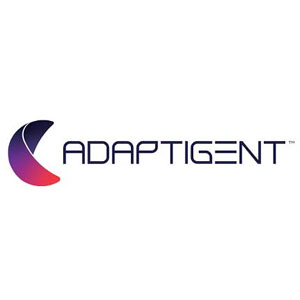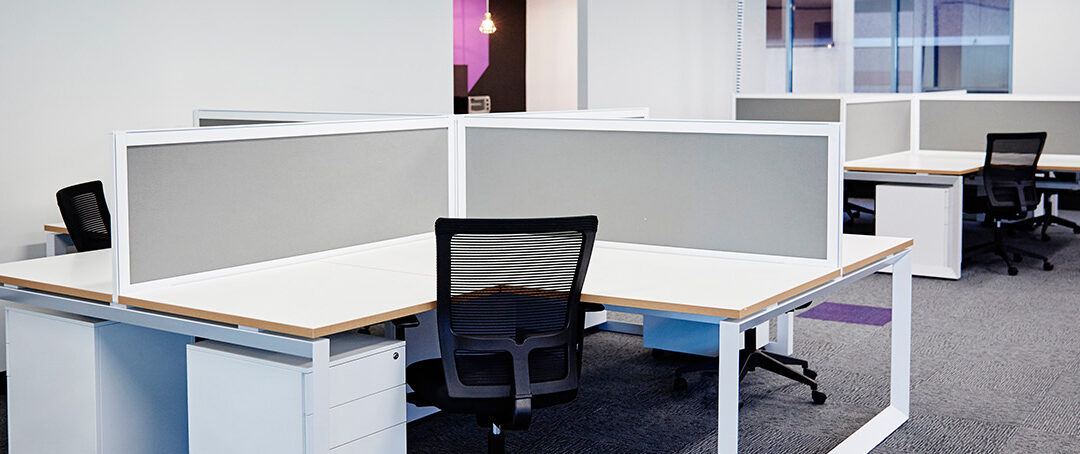Paul Tudor Jones is credited with saying, “You adapt, evolve, compete or die.”
In today’s rapidly evolving digital landscape, businesses face constant pressure to adapt, innovate, and stay competitive. For many enterprises, this means reevaluating and upgrading their IT infrastructure, particularly mainframes, which have been a stalwart fixture in the world of computing for decades. According to an IBM survey, 71% of organizations consider mainframes to be key to their business strategy.
Mainframe modernization continues gaining momentum as companies seek to harness the potential of contemporary technologies and stay ahead of the curve. Let’s delve into mainframe modernization techniques and explore why companies are increasingly drawn to these initiatives.
The Mainframe Dilemma
Mainframes serve as the backbone of many large enterprises across industries, but they are not without their challenges. These systems are often seen as inflexible, cumbersome to maintain, and encumbered by legacy applications written in generational programming languages. In a 2021 survey by Deloitte, 56% of respondents expressed concerns about mainframe skills shortages and an aging workforce.
As a result, businesses face a pressing need to modernize their mainframes to align with the demands of business today. In fact, Macro4 research indicates that 83% of IBM mainframe customers are pursuing or plan to pursue modernization strategies.
Modernization for Agility
In a fast-paced digital world, the ability to adapt quickly to changing market conditions is essential. Mainframe modernization can introduce agility and flexibility into an organization’s IT infrastructure. The purposes are clear:
- 59% of companies cite increased agility as the primary driver for modernization efforts in an Accenture study.
- 32% of respondents to a survey by Modern Systems cited a lack of business agility because of choosing not to modernize their mainframe
- 40% of respondents to a Kyndryl study identified greater agility as one of the top benefits of mainframe modernization.
Maintaining and operating legacy mainframes can require large investments in cost and effort. Modernization can help organizations reduce these required resources. A Kyndryl survey found that organizations that conduct mainframe modernization projects see a 9-11% increase in overall profitability, with an average organization cost savings of USD $25 million per year.
3 Approaches to Mainframe Modernization
Relying on outdated technology carries inherent risks. Modernization efforts can mitigate these risks, ensuring business continuity and security. Modern Systems reports security as the #1 reported reason for modernizing mainframes as indicated by 33% of respondents.
Three approaches for mainframe modernization include:
- Rehosting. One approach to modernization is rehosting, which involves moving applications from the mainframe to a more cost-effective platform while retaining their functionality. A Kyndryl survey indicates that 95% of respondents have or intend to rehost some of their applications as part of their modernization strategy.
- Integrating. Another approach, integration, is a technique that allows mainframe applications to connect with more current technologies such as APIs, enabling better scalability and versatility. This approach also eliminates any risk associated with refactoring code or redeveloping services that have been operational for years, sometimes even decades.
- Improving existing. Improving processes and usability on the mainframe itself is a third approach to modernize the experience. While it is a less aggressive strategy, mainframe improvements can produce meaningful results when it comes to efforts to create efficiencies with new user onboarding and systems design.
Modernization as a Business Necessity
Mainframe modernization is not merely a buzzword; it’s a necessity for businesses looking to thrive in the digital age. And the demand for digital connectivity is unlikely to slow down.
For instance, Forrester points out that every time there is a release in a customer-facing feature on mobile or web channels (like smart banking), mainframe usage increases. Think about how many updates and versions each of your personal apps requires, let alone your company’s systems.
In an era defined by rapid change, companies must embrace modernization to remain competitive and resilient. Whether it’s through application rehosting, mainframe integration, or mainframe improvements, organizations have a multitude of options to rejuvenate their mainframe systems.
The good news is that there are organizations – ahem, like Adaptigent – that provide solutions which support any combination of these three approaches to modernization. Notice that we didn’t say anything about The Cloud? That’s because you don’t have to change platforms to improve mainframe performance.
As we move forward, businesses that recognize the value of mainframe modernization will be better positioned to adapt, innovate, and thrive in an ever-evolving landscape. After all, the only other option is death.
Start the conversation about your best approach for mainframe modernization.
Authored by Dylan Purse, Vice President of Marketing, Adaptigent









0 Comments